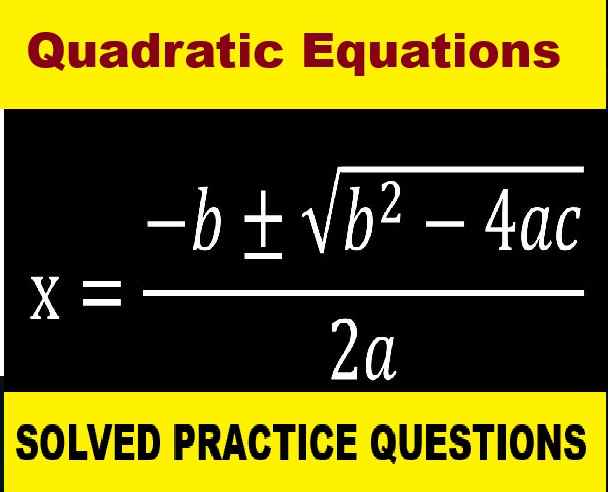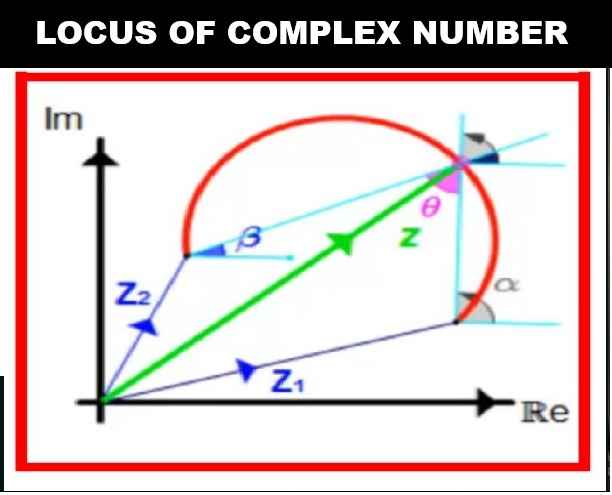MCQ Climate of India for ICSE Geography Class-10. These MCQ / Objective Type Questions is based on latest reduced syllabus according 2021-22 session on bifurcated pattern. Main motto of MCQ Type Question is cracking the next upcoming exam of council. Visit official website CISCE for detail information about ICSE Board Class-10 Geography .
MCQ Type Questions Climate of India for ICSE Class-10 Geography
| Board | ICSE |
| Class | 10th (X) |
| Subject | Geography |
| Chapter | Climate of India |
| Syllabus | on bifurcated syllabus (after reduction) |
| Session | 2021-22 |
| Topic | MCQ / Objective Type Question |
ICSE Class-10 Geography MCQ Type Questions of Climate of India
Question 1: Which of the following wind blows from the Mediterranean Sea to the north-western parts of India?
(a) Western disturbances
(b) Norwesters
(c) Loo
(d) Mango showers
Answer (a) Western disturbances
Question 2: The average annual temperature of a meteorological station is 26°C. Its average annual rainfall is 63 cm and the annual range of temperature is 9 C. The station in the question is …………
(a) Allahabad
(b) Chennai
(c) Cherrapunji
(d) Kolkata
Answer (b) Chennai
Question 3: The western coast gets its heaviest rainfall during ………….. by South-West Monsoon winds.
(a) August
(b) June
(c) September
(d) July
Answer (b) June
Question 4: Which of the following coasts of India is most affected by violent tropical cyclones?
(a) Malabar
(b) Coromandel
(c) Konkan
(d) Kanara
Answer (b) Coromandel
Question 5: The places to the north of Tropic of Cancer experience ………. type of climate.
(a) Continental
(b) Moderate
(c) Oceanic
(d) Equatorial
Answer (a) Continental
Question 6: The places in Peninsular India even at higher altitude never experience any snowfall because of …….
(a) Nearness to the Indian Ocean
(b) Nearness to the Tropic of Cancer
(c) Nearness to the Equator
(d) Nearness to the Arabian Sea
Answer (c) Nearness to the Equator
Question 7: The pre-monsoon mango showers occur predominantly in:
(a) West Bengal and Assam
(b) Deccan Plateau
(c) Gujarat and Maharashtra
(d) Kerala and Karnataka
Answer (a) West Bengal and Assam
Question 8: This is a transition period between the hot rainy season and cold dry season. Retreating monsoon winds results in clear skies, high temperature and high humidity. This state of weather is known as ……………
(a) El-Nino Effect
(b) October Heat
(c) Burst of Monsoon
(d) Bardoli Chheerha
Answer (b) October Heat
Question 9: Which part of India receives rainfall from both the South-West and North-West monsoons?
(a) Tamil Nadu
(b) Odisha
(c) Lakshadweep Islands
(d) Andaman and Nicobar Islands
Answer (d) Andaman and Nicobar Islands
Question 10: The eastern coast gets its maximum rainfall during …………
(a) Summer season
(b) Rainy season
(c) Autumn season
(d) Winter season
Answer (d) Winter season
Question 11: The Arabian Sea branch of the South-West Monsoon first strikes the western coast of India in Kerala on 1st June. The rainfall is orographic. What is this phenomenon known as?
(a) Monsoon Burst
(b) Mango Showers
(c) Retreating Monsoons
(d) El-Nino Effect
Answer (a) Monsoon Burst
Question 12: The driest place in India is ………
(a) Leh
(b) Barmer
(c) Bikaner
(d) Jaisalmer
Answer (d) Jaisalmer
Question 13: ……….. is the name given to the local winds that blow during the hot season in Eastern India. They are also called “Norwesters”
(a) Mango Showers
(b) Loo
(c) Kalbaisakhi
(d) Cherry Blossoms
Answer (c) Kalbaisakhi
Question 14: The extreme of temperature between summer and Winter is quite low in southern part o peninsular India mainly because:
(a) The adjoining oceans moderate the temperature
(b) The sky is generally cloudy
(c) The sun’s rays are almost vertical throughout the year
(d) Strong winds flow throughout the year
Answer (a) The adjoining oceans moderate the temperature
Question 15: The retreating monsoon withdraws itself from:
(a) The West coast to the East coast
(b) North-east India to the West coast
(c) The North to the South
(d) North-west India to Bengal and then to Kerala
Answer (d) North-west India to Bengal and then to Kerala
Question 16: The reason for Rajasthan being deficient in rainfall is ………..
(a) The monsoon fail to reach this area
(b) It is too hot
(c)There is no water available and thus the winds remain dry
(d) The winds do not come acroS5 any barrier to cause necessary uplift to be cooled
Answer (d) The winds do not come acroS5 any barrier to cause necessary uplift to be cooled
Question 17: Which of the following receives heavy rainfall in the month of October and November?
(a) Hills of Garo, Khasi and Jaintia
(b) Plateau of Chota Nagpur
(c) Coromandel Coast
(d) Malwa Plateau
Answer (c) Coromandel Coast
Question 18: Which of the following factors does not have influence on the Indian climate?
(a) Presence of Indian Ocean
(b) Nearness to Equator
(c) Ocean currents
(d) Monsoons
Answer (c) Ocean currents
Question 19: Arrange the following states on the basis of ascending dates of the onset of monsoon:
1. Uttar Pradesh
2. Kerala
3. West Bengal
4. Rajasthan
(a) 2-3-1-4
(b) 3-1-2-4
(c) 3-2-1-4
(d) 1-2-3-4
Answer (c) 3-2-1-4
Question 20: In May-June each year, the monsoon winds approach the southern tip of India from:
(a) North direction
(b) North-easterly direction
(c) North-westerly direction
(d) South-westerly direction
Answer (d) South-westerly direction
Question 21: Which of the following statements is true with regard to the erratic behaviour of Indian monsoons?
(a) Uniform duration but varying amounts of rain from one year to another, as well as at different places
(b) Uncertain date of onset and withdrawal, and equal distribution of rain
(c) Uncertain date of onset and withdrawal as well as varying amounts of rainfall during different years
(d) Uniform duration but varying amounts of rain from place to place
Answer (c) Uncertain date of onset and withdrawal as well as varying amounts of rainfall during different years
Question 22: Which of the following is recognised as a season by the meteorological department of India?
(a) Cold weather
(b) Hot weather
(c) Retreating monsoon
(d) North-East monsoon
Answer (d) North-East monsoon
Question 23: Which one of the following statements is wrong regarding the “Norwesters” of Bengal?
(a) It is caused due to strong surface heating
(b) It originates in the Chota Nagpur Plateau region
(c) It is a kind of thunderstorm
(d) None of the above
Answer (d) None of the above
Question 24: How do the western disturbances affect the crops in north India?
(a) They cause heavy damage to the standing crops
(b) They bring in locusts which destroy the crops
(c) They are beneficial to the crops by causing winter rain
(d) They help in keeping the plants warm to some extent in winter
Answer (c) They are beneficial to the crops by causing winter rain
Question 25: Study the table given below and answer the following questions :

(i) Which part of India do you think the given place is located in?
(a) Interior parts of Northern India
(b)Eastern coast of India
(b) Western coast of India
(d) Interior parts of Peninsular India
Answer (d) Interior parts of Peninsular India
(ii) Find out the total rainfall in the summer season.
(a) 19.9 cm
(b) 9.5 cm
(c) 9.9 cm
(d) 10.5 cm
Answer (c) 9.9 cm
(iii) Which is the hottest month?
(a) June
(b) May
(c) July
(d) April
Answer (a) June
– : End of MCQ Climate of India for ICSE Geography Class-10. :-
-: also visit :-
- MCQ Type Questions for ICSE Class-10
- ICSE Class-10 Text book Solutions, Notes , Syllabus, Paper, Notes
Please share with your ICSE friends if it is helpful
Thanks



how much is the probability of these questions being asked for semester 1 ?
now focus on sem-2 exam
In question 8 October heat , it is low humidity not high.
may be but focus on sem-2
It is very helpful to me for examination.
thanks